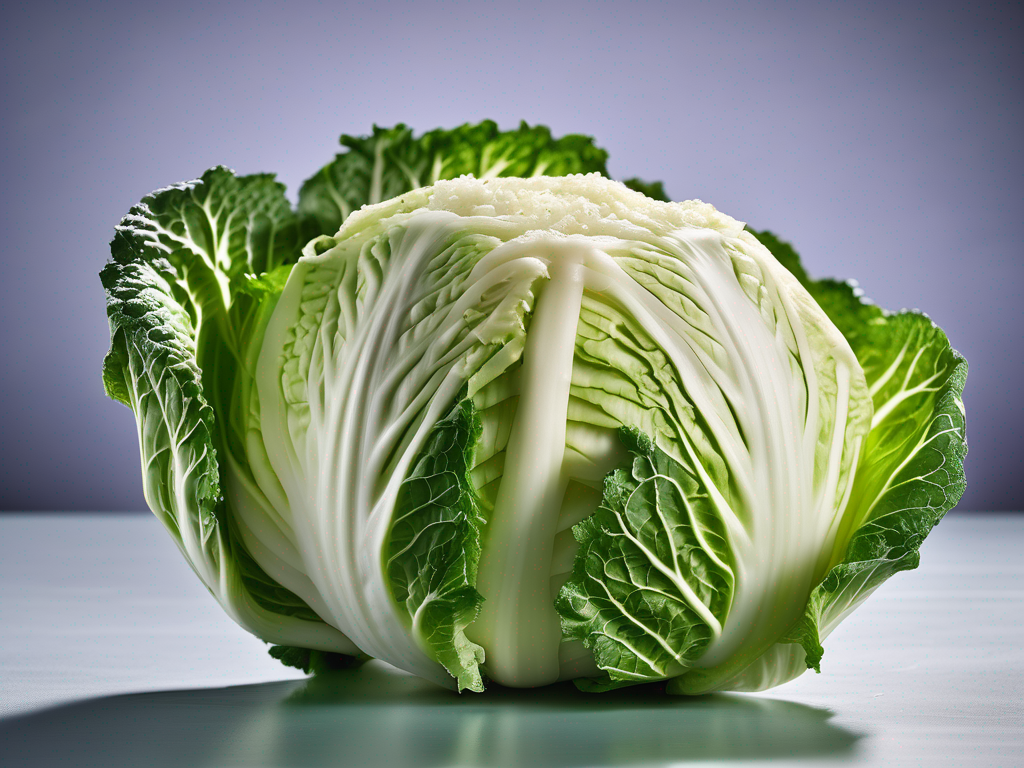
When to Discard Common Cabbage to Avoid Foodborne Illness
Get Your Free Food Safety Cheat Sheet
30 most common foods with instant answers. Print it and stick it on your fridge—completely free!
When to Discard Common Cabbage to Avoid Foodborne Illness
Common cabbage is a versatile and nutritious vegetable that is used in a variety of dishes around the world. It is packed with vitamins and minerals, making it a popular choice for health-conscious individuals. However, like all perishable foods, common cabbage can spoil if not stored properly. In this blog post, we will discuss when to discard common cabbage to avoid foodborne illness. (Common cabbage)
Understanding Common Cabbage
Common cabbage, also known as green cabbage or white cabbage, is a leafy green vegetable that belongs to the Brassica family. It is widely used in salads, stir-fries, soups, and stews. Common cabbage is rich in essential nutrients such as vitamin C, vitamin K, and fiber, making it a healthy addition to any diet.
When purchasing common cabbage, look for heads that are firm, heavy for their size, and free of blemishes or discoloration. Store unwashed cabbage in the refrigerator in a plastic bag to maintain freshness.
Signs of Spoiled Common Cabbage
To prevent foodborne illness, it is crucial to be able to recognize the signs of spoiled common cabbage. Here are some indicators that your cabbage may be past its prime:
-
Discoloration: If you notice any dark or slimy spots on the cabbage leaves, it is a sign that the cabbage has started to spoil.
-
Foul Smell: Spoiled cabbage will emit a sour or rotten odor that is unpleasant.
-
Slimy Texture: When cabbage becomes slimy to the touch, it is a clear indication that it is no longer safe to eat.
-
Mold Growth: Mold growth on the surface of the cabbage indicates that it has spoiled and should be discarded.
Best Practices for Storing Common Cabbage
Proper storage is key to extending the shelf life of common cabbage and preventing foodborne illness. Follow these tips to keep your cabbage fresh for longer:
-
Refrigeration: Store unwashed cabbage in the crisper drawer of the refrigerator to maintain freshness.
-
Moisture Control: Keep cabbage dry to prevent mold growth. Avoid washing the cabbage until you are ready to use it.
-
Air Circulation: Ensure good air circulation around the cabbage to prevent condensation, which can lead to spoilage.
-
Cutting Techniques: Cut cabbage only when you are ready to use it to prevent it from drying out quickly.
When to Discard Common Cabbage
Despite your best efforts to store common cabbage properly, there may come a time when you need to discard it to avoid foodborne illness. Here are some guidelines on when to throw away common cabbage:
1. Expiration Date
Check the expiration date on the packaging if you purchased pre-cut or packaged cabbage. If the cabbage has passed the expiration date, it is best to discard it.
2. Slimy Texture
If you notice that the cabbage has a slimy texture or feels mushy to the touch, it is a clear sign that it has spoiled and should be thrown out.
3. Foul Odor
Spoiled cabbage will emit a foul odor that is unmistakable. If you detect a rotten or sour smell coming from the cabbage, it is no longer safe to eat.
4. Mold Growth
If you see any mold growth on the surface of the cabbage, do not attempt to salvage it. Mold can produce harmful toxins that can cause foodborne illness.
Conclusion
In conclusion, common cabbage is a nutritious and versatile vegetable that can enhance a wide range of dishes. By understanding the signs of spoiled cabbage and following proper storage practices, you can enjoy fresh cabbage for longer while reducing the risk of foodborne illness. Remember to check for discoloration, foul odors, slimy textures, and mold growth before consuming common cabbage, and always err on the side of caution when in doubt. Properly storing and knowing when to discard common cabbage is essential for maintaining food safety in your kitchen. (Common cabbage)
Authoritative Food Safety References
These agencies and university labs inform every tip and health precaution we publish.
USDA FoodKeeper – Cold Storage Guidelines
Official refrigerator, freezer, and pantry timelines maintained by the U.S. Department of Agriculture.
Visit USDA FoodKeeperFDA Produce Safety Rule & Grower Guidance
Field-to-fridge handling practices that prevent contamination of fruits, vegetables, and leafy greens.
Visit FDA Produce SafetyCDC Foodborne Illness Prevention Hub
Surveillance-backed guidance on pathogens, symptoms, and steps to reduce foodborne illness risk.
Visit CDC Food SafetyUC Davis Postharvest Technology Center
University research detailing optimal storage atmospheres for produce after harvest.
Visit UC Davis PostharvestPenn State Extension – Home Food Preservation & Safety
Peer-reviewed extension bulletins on safe canning, chilling, and reheating practices.
Visit Penn State ExtensionGet Your Free Food Safety Cheat Sheet
30 most common foods with instant answers. Print it and stick it on your fridge—completely free! Want more? Upgrade to the complete guide with 70+ foods.
Scan your food directly and get instant safety info using our AI-powered camera feature.